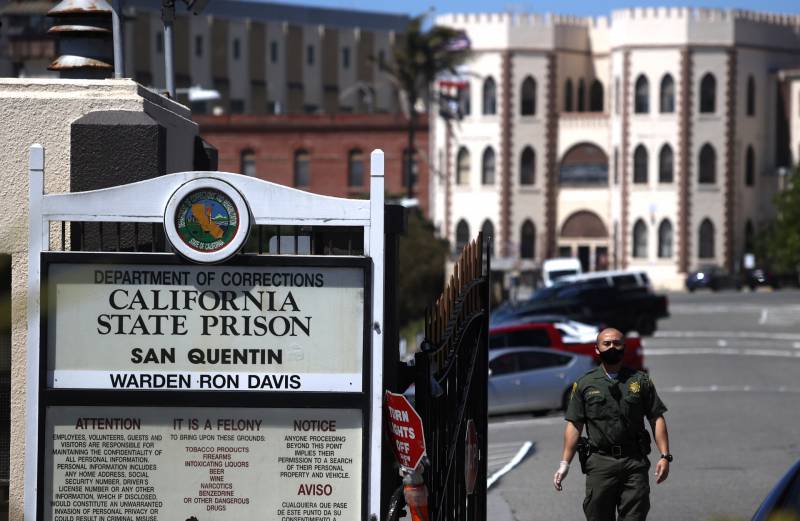California is in limbo with the death penalty. We have an execution moratorium, and no one has been put to death in the state since 2006. But it’s still legal to sentence someone to die, which means there are hundreds of people sitting on death row, often in solitary confinement.
But a move by Gov. Gavin Newsom begins to chip away at this system. The nation’s largest death row at San Quentin State Prison will close, and the men inside will be sent to other maximum security prisons where they can have access to jobs. Meanwhile, the state plans to transform the former site of San Quentin’s death row into a “positive, healing environment.”
Guests: Mary Franklin Harvin, KQED producer and reporter, and Kate Wolffe, KQED producer, reporter and weekend anchor
Follow The Bay to hear more local Bay Area stories like this one. New episodes are released Monday, Wednesday and Friday at 3 a.m. Find The Bay on Apple Podcasts, Spotify, Stitcher, NPR One or via Alexa.

